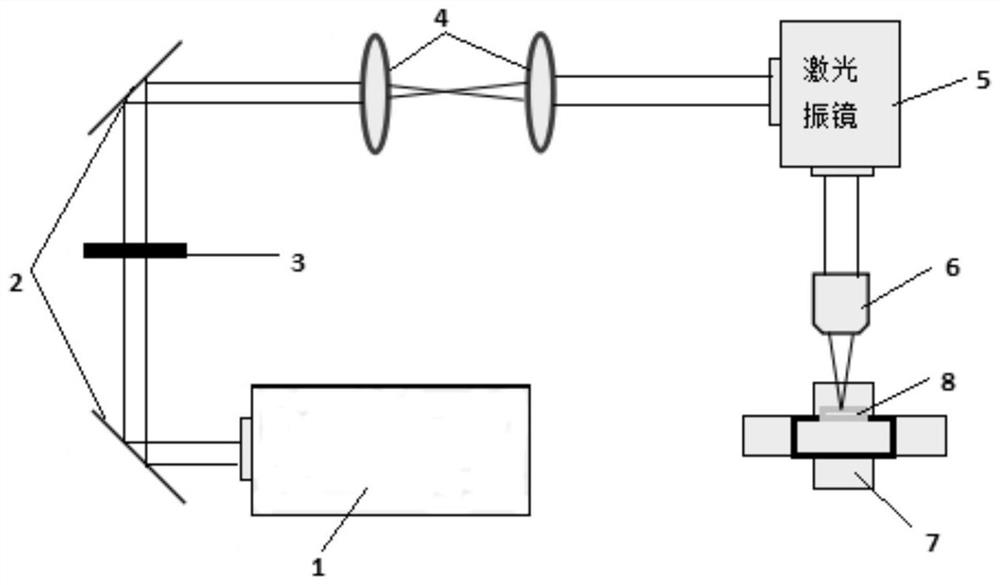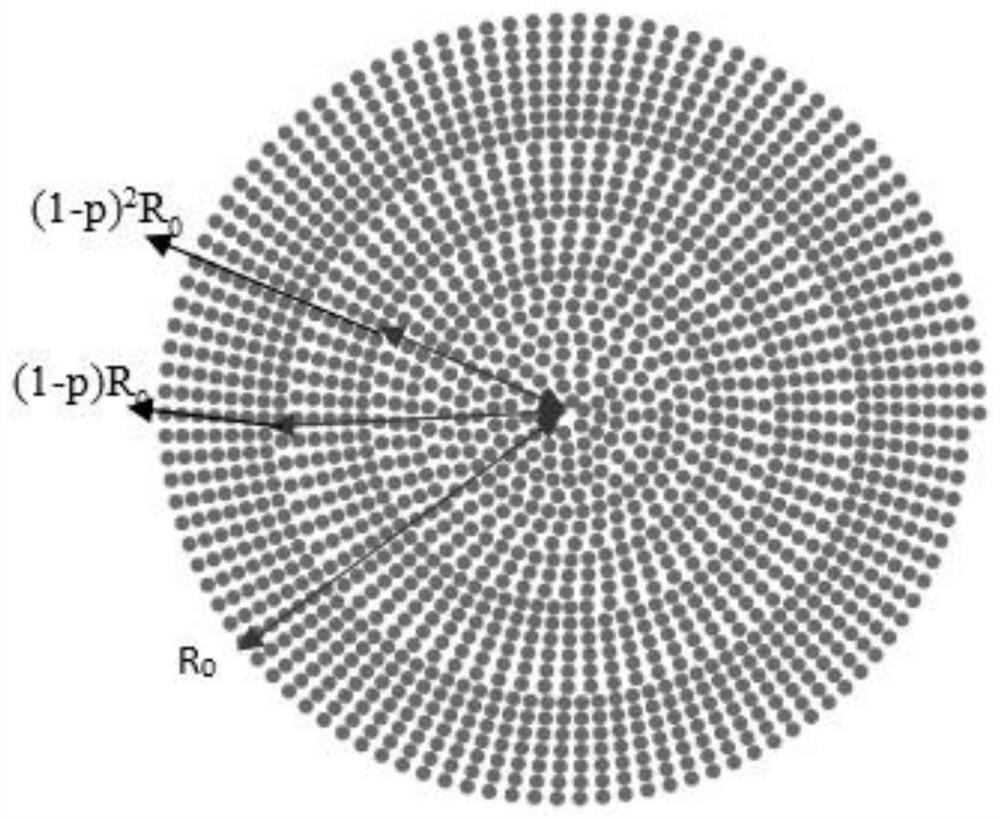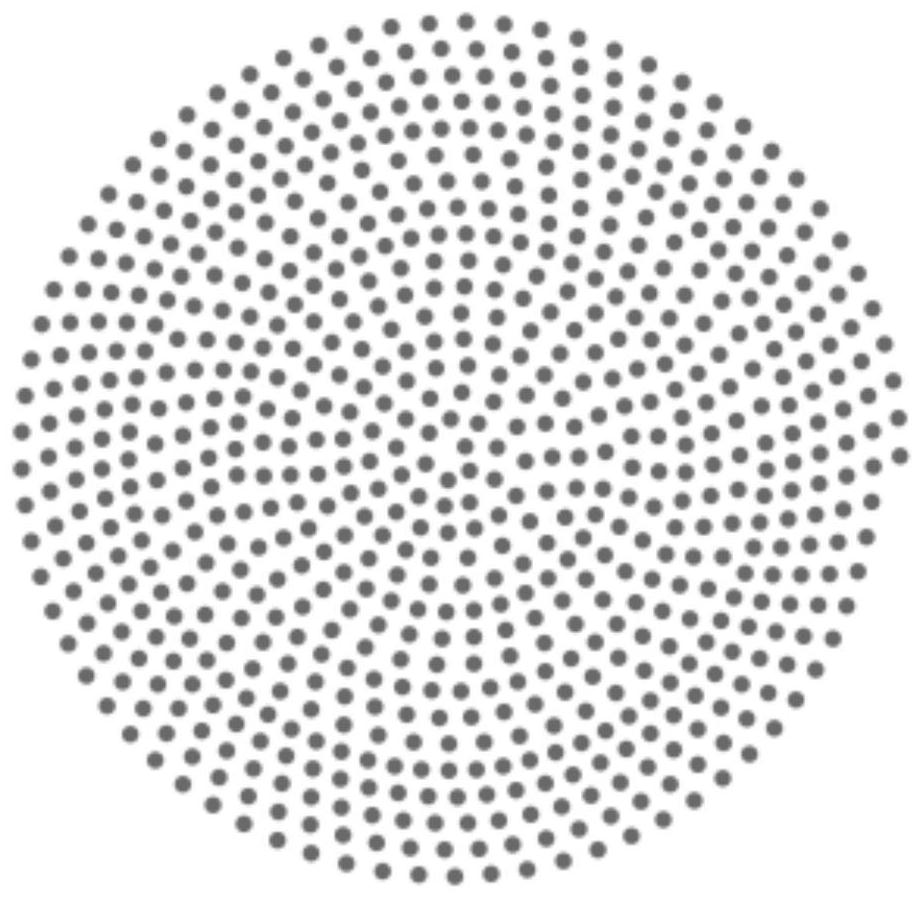A Segmented Rotary Scanning Microhole Array Machining Method
A microhole array and processing method technology, applied in metal processing equipment, manufacturing tools, welding equipment, etc., can solve the problems of repetitive pulse, inability to guarantee the consistency of microhole processing quality, and continuous change of angular velocity, so as to improve processing efficiency, Improvement of processing efficiency and processing area, and the effect of overcoming high inertia
- Summary
- Abstract
- Description
- Claims
- Application Information
AI Technical Summary
Problems solved by technology
Method used
Image
Examples
Embodiment Construction
[0031] In order to make the technical problems, technical solutions and advantages to be solved by the present invention clearer, the following will describe in detail with reference to the drawings and specific embodiments.
[0032] Aiming at the existing problems, the present invention provides a segmented rotary scanning microhole array processing device, including:
[0033] High repetition rate ultrafast laser 1, the high repetition rate ultrafast laser 1 generates ultrafast pulse laser;
[0034] A diaphragm 3, the diaphragm 3 is arranged at the exit end of the high-repetition-frequency ultrafast laser 1, and the diaphragm 3 adjusts the optical path of the ultrafast pulsed laser;
[0035] Convex lens 4, described convex lens 4 is provided with two and is arranged in parallel, and described convex lens 4 is arranged on the exit end of described diaphragm 3;
[0036] A laser vibrating mirror 5, the laser vibrating mirror 5 is arranged at an end of the convex lens 4 away fro...
PUM
 Login to View More
Login to View More Abstract
Description
Claims
Application Information
 Login to View More
Login to View More - R&D
- Intellectual Property
- Life Sciences
- Materials
- Tech Scout
- Unparalleled Data Quality
- Higher Quality Content
- 60% Fewer Hallucinations
Browse by: Latest US Patents, China's latest patents, Technical Efficacy Thesaurus, Application Domain, Technology Topic, Popular Technical Reports.
© 2025 PatSnap. All rights reserved.Legal|Privacy policy|Modern Slavery Act Transparency Statement|Sitemap|About US| Contact US: help@patsnap.com



